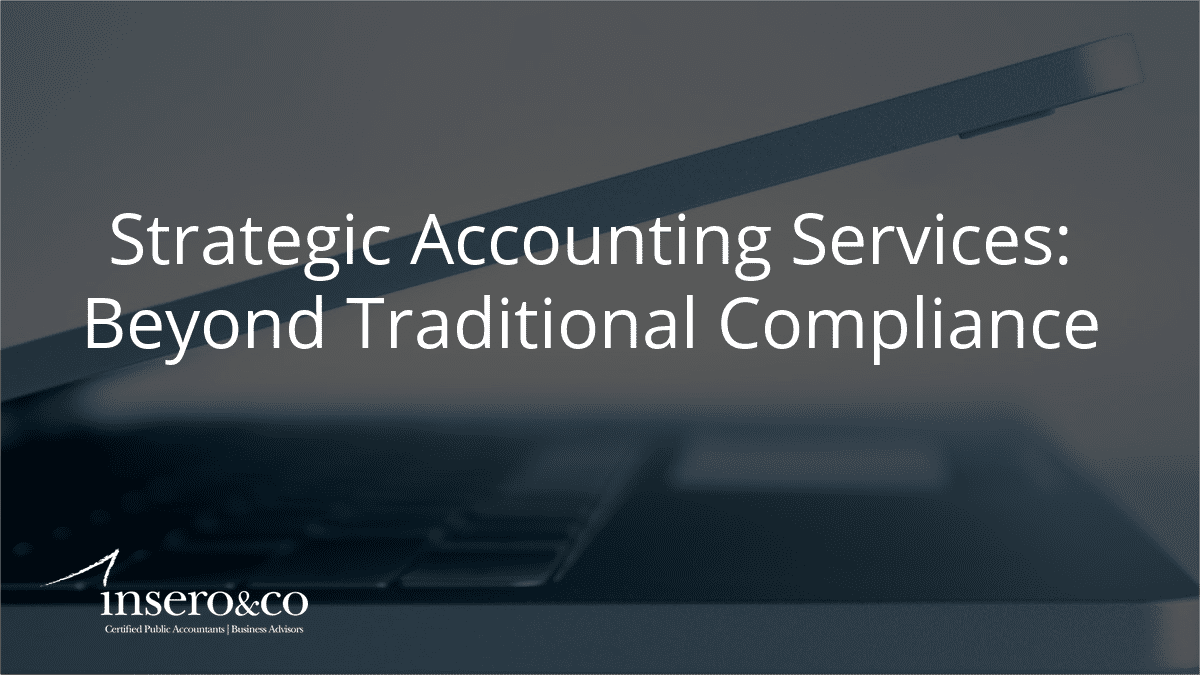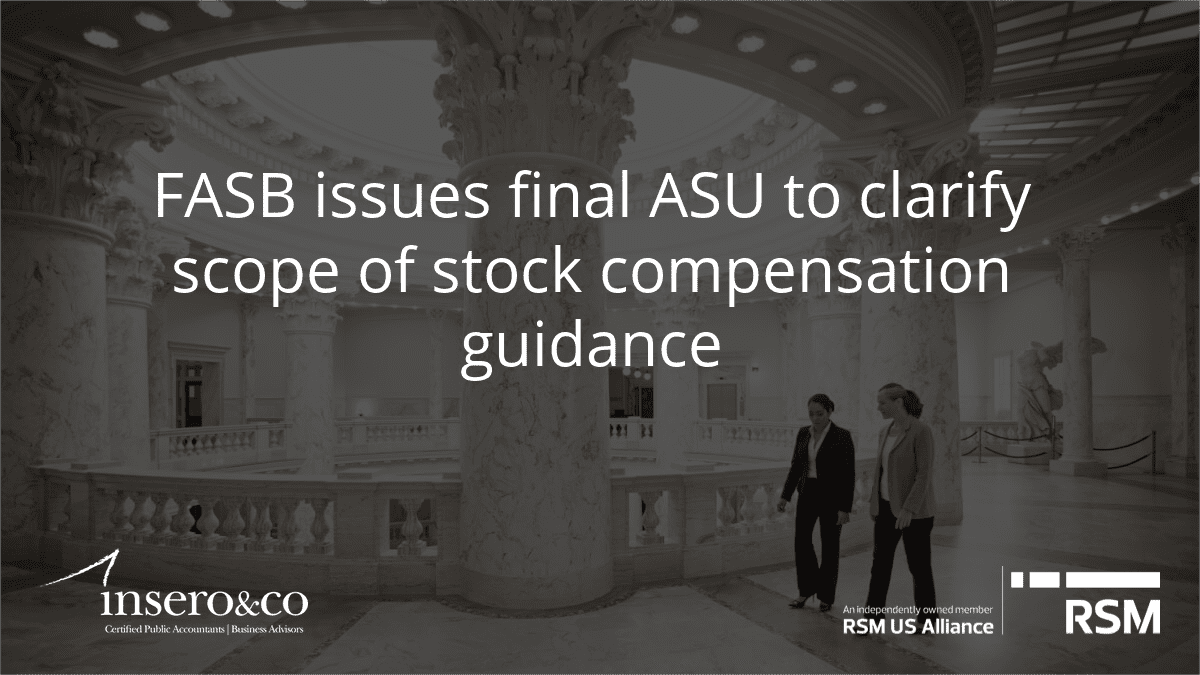ARTICLE | June 28, 2023
This article is the first in a series of articles dedicated to issues that arise when accounting for debt modifications. This particular issue is addressed in Section 1.1 of our publication, A guide to accounting for debt modifications and restructurings (June 2023).
The two key parties to a loan are the borrower and its lender. Reading and understanding the terms of the agreements that underlie a loan and any related changes to the loan should clearly identify these and other relevant parties. Identifying the relevant parties factors into determining the accounting model that should be applied in a particular situation. For example, the accounting model would be different for an old term loan that was paid off with proceeds from a new term loan with a new lender as compared to being paid off with proceeds from a new term loan that is with the same lender.
Typically, determining whether the same lender is involved in a loan before and after any changes are made to the loan is a straightforward exercise, but sometimes it’s not. For example, if an affiliate of the old lender is the new lender, or if the old lender and new lender are two subsidiaries or two divisions within the same consolidated entity, making the determination as to whether the same lender is involved requires additional analysis. To determine whether the same lender is involved in a loan before and after any changes are made to the loan in these less-than-straightforward situations, such as when there are multiple funds in a private equity group acting as lenders, requires careful consideration of the relevant facts and circumstances, including but not limited to addressing the following questions:
- Are the new and old lenders separate legal entities?
- Are the new and old lenders not included in the same consolidated entity?
- Are management of the new and old lenders responsible as fiduciaries to manage the lenders solely for the benefit of the owners and equity holders of each individual lender?
If the answer to each of these questions is yes, there are indications that the old and new lenders operated separately and should not be considered the same lender for accounting purposes.
Alternatively, when the new and old lenders are part of the same consolidated entity and use the same representative to negotiate the debt modification with the borrower, there are indications that the old and new lenders operated together and should be considered the same lender for accounting purposes. This determination of the lender could impact whether the transaction is accounted for as the derecognition of a liability, a troubled debt restructuring a debt modification or a debt extinguishment.
Do you have questions or want to talk?
Call us at (800) 232-9547 or fill out the form below and we’ll contact you to discuss your specific situation.
This article was written by RSM US LLP and originally appeared on 2023-06-28.
2022 RSM US LLP. All rights reserved.
https://rsmus.com/insights/financial-reporting/debt-modification-considerations-determining-the-lender.html
RSM US Alliance provides its members with access to resources of RSM US LLP. RSM US Alliance member firms are separate and independent businesses and legal entities that are responsible for their own acts and omissions, and each are separate and independent from RSM US LLP. RSM US LLP is the U.S. member firm of RSM International, a global network of independent audit, tax, and consulting firms. Members of RSM US Alliance have access to RSM International resources through RSM US LLP but are not member firms of RSM International. Visit rsmus.com/aboutus for more information regarding RSM US LLP and RSM International. The RSM(tm) brandmark is used under license by RSM US LLP. RSM US Alliance products and services are proprietary to RSM US LLP.

Insero & Co. CPAs, LLP is a proud member of RSM US Alliance, a premier affiliation of independent accounting and consulting firms in the United States. RSM US Alliance provides our firm with access to resources of RSM US LLP, the leading provider of audit, tax and consulting services focused on the middle market. RSM US LLP is a licensed CPA firm and the U.S. member of RSM International, a global network of independent audit, tax and consulting firms with more than 43,000 people in over 120 countries.
Our membership in RSM US Alliance has elevated our capabilities in the marketplace, helping to differentiate our firm from the competition while allowing us to maintain our independence and entrepreneurial culture. We have access to a valuable peer network of like-sized firms as well as a broad range of tools, expertise, and technical resources.
For more information on how Insero & Co. CPAs can assist you, please call (800) 232-9547.




